People Were Stumped by 10 Odd Things They Saw, but the Internet Had the Answers
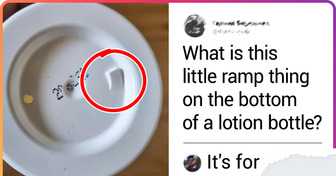
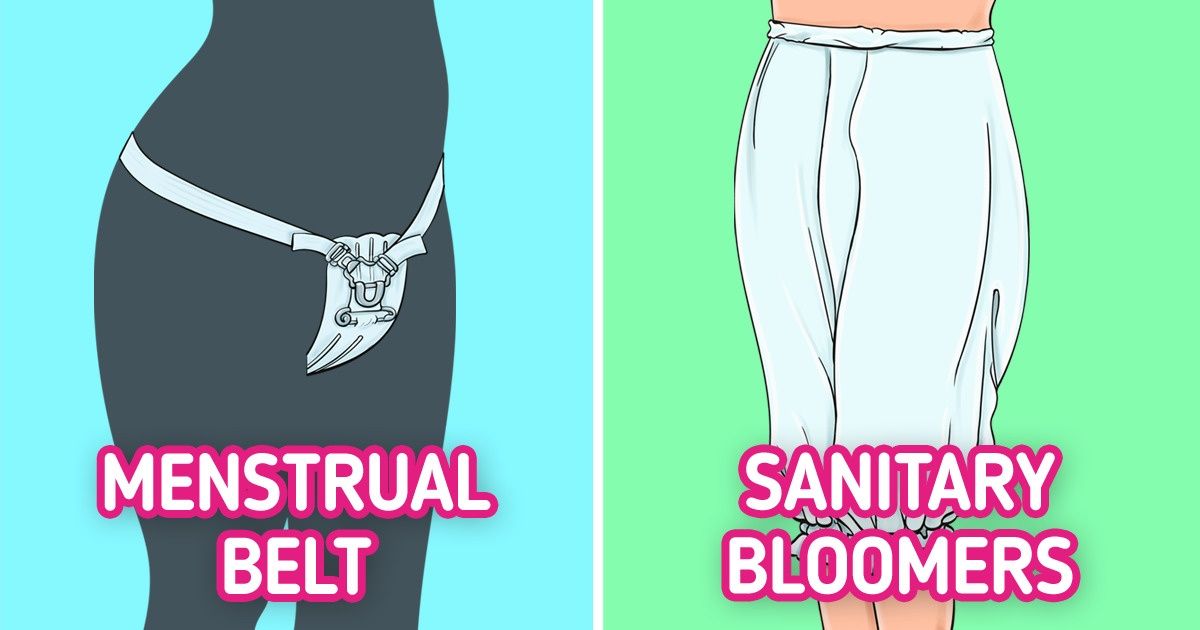
The Bright Side team has decided to look at how women have managed their menstrual flow during different time periods before modern products were developed.
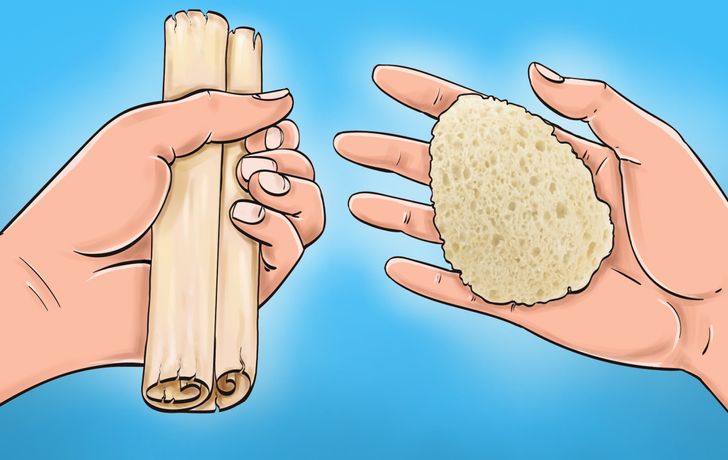
Although almost no information is available on how women were dealing with their flows in ancient history, historians believe that women during the 3,000 B.C. — 5th century used different natural materials for menstruation. For example, Egyptian women used papyrus — a paper used for writing during that time. They soaked it so it would become soft and used as pads.
Greek women, according to Hippocrates, used wrapping bits of wood with lint as tampons. And some females are believed to use sea sponges to absorb the blood during periods.
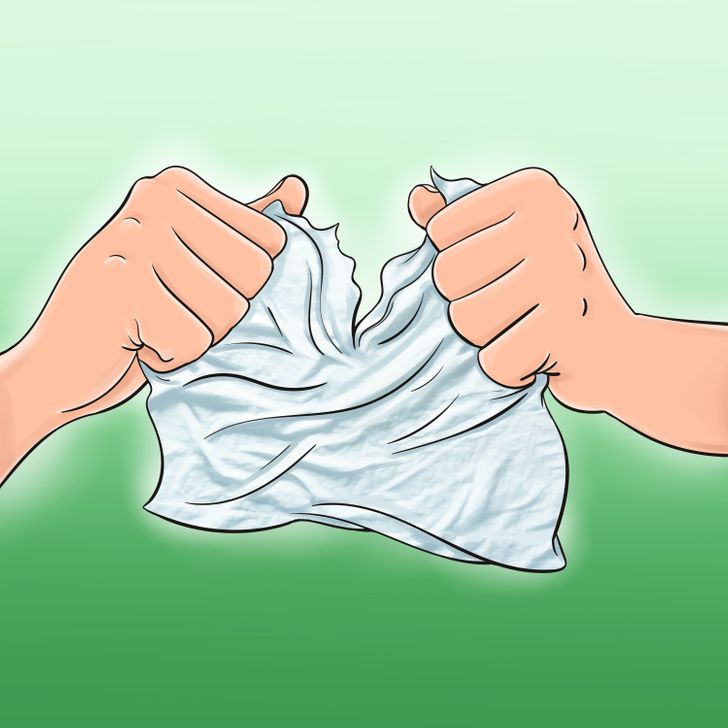
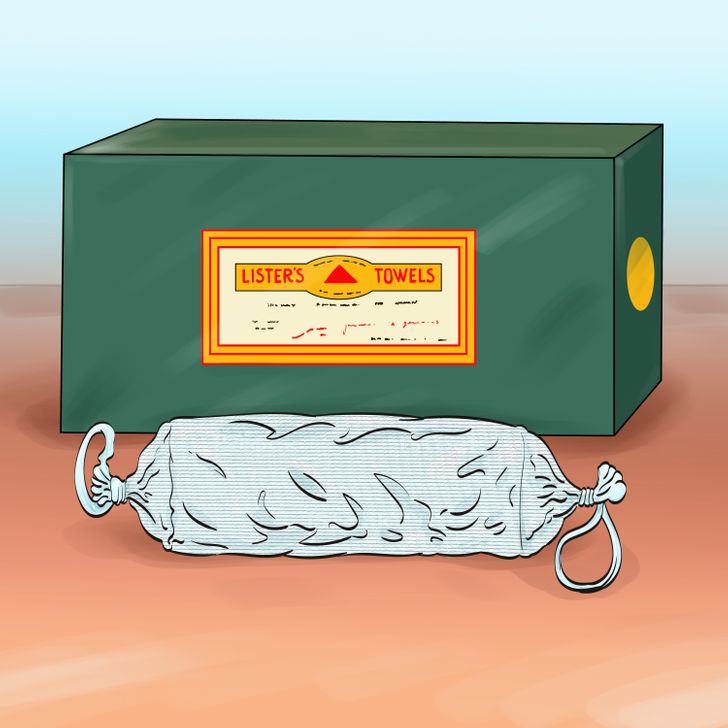
In 1897 Johnson & Johnson developed the first version of the maxi sanitary pads — disposable napkins called the Lister’s towels. The towels become the first commercial product for menstruation. However, periods still were considered taboo and women didn’t want to go to stores to buy them openly, so the product eventually failed in the market.
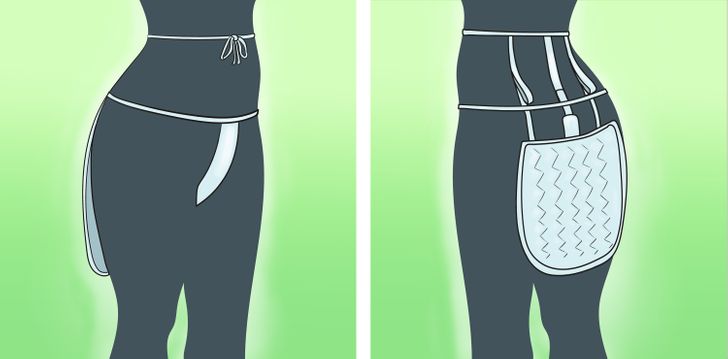
A sanitary apron was a rubber apron with a strip that run between the legs to prevent blood from leaking on female skirts and seats. Basically, the apron was made to save furniture from stains, but it was a smelly and uncomfortable solution.
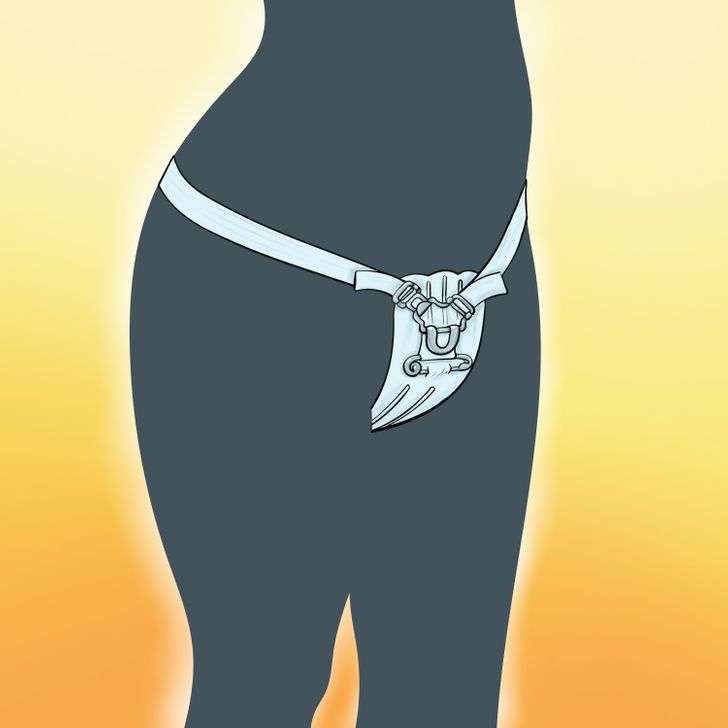
Menstrual belts become the early version of sanitary pads in the 1900s and were a popular method to manage periods. It was a silk elastic belt on which women clipped the cotton pads and then used. The belts remained something like diapers and stayed popular until the first pad with an adhesive strip was created.

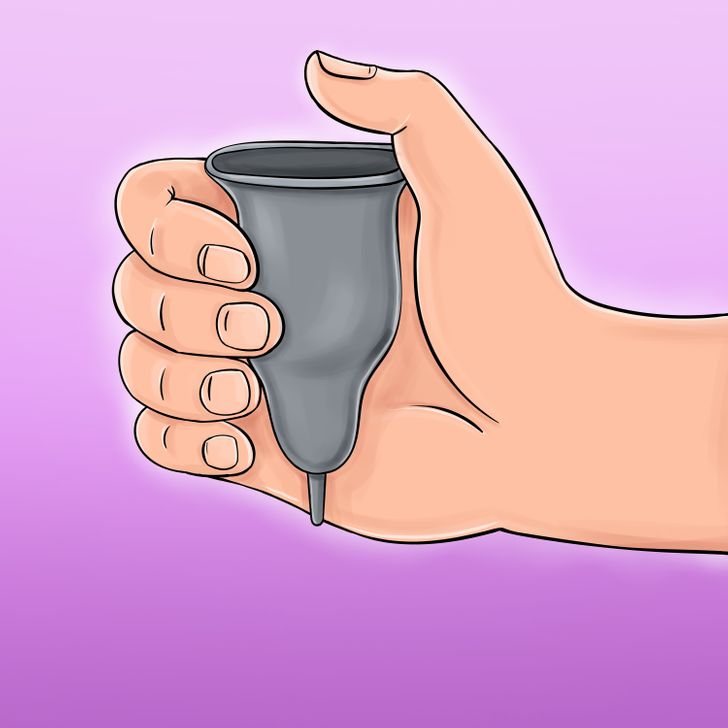
Although the menstruation cup is gaining popularity now, the first cup was invented a long time ago (1930) and was made from aluminium or hard rubber. In 1956 Leona Chalmers updated the product using softer materials. The cup was intended to collect the blood, but at the time it wasn’t a market success.
Do you think that we will have new sanitary products in the future? Would you try any of these devices to experience how it was in the past?











